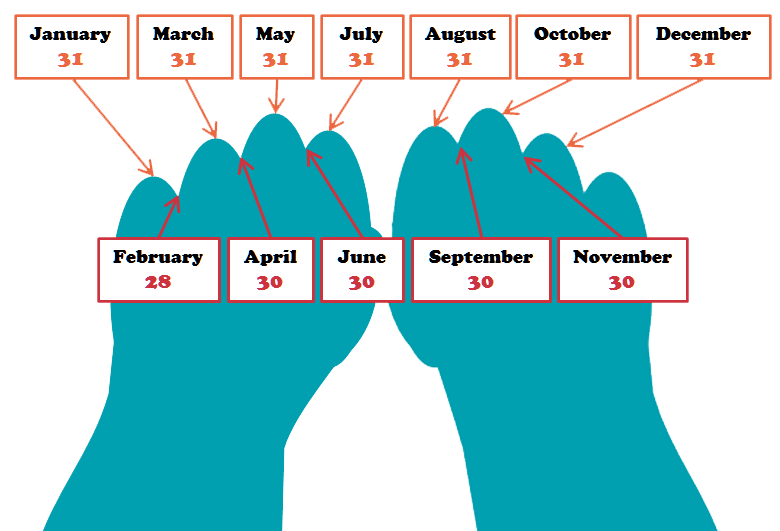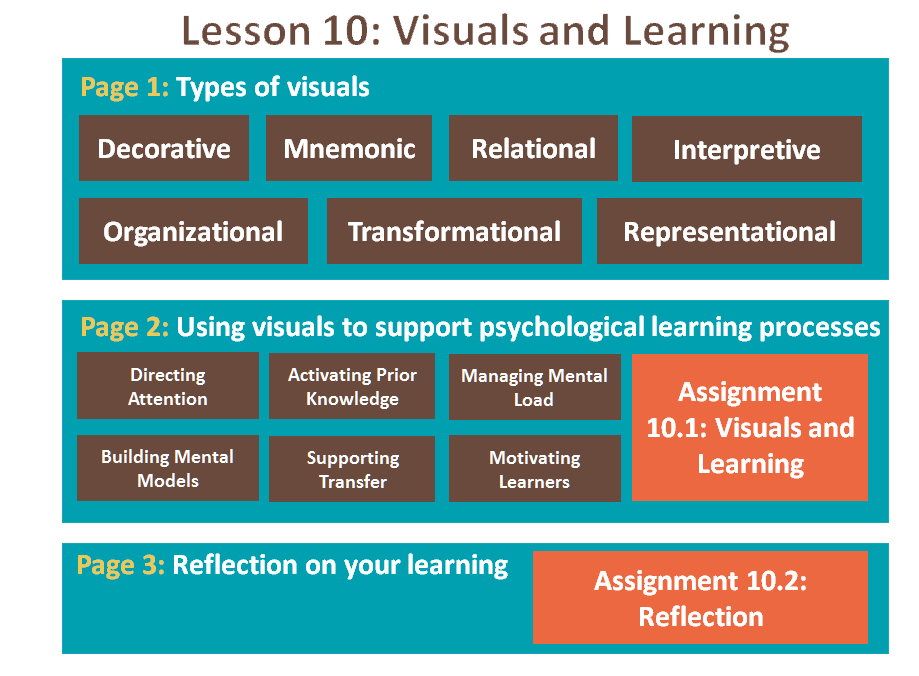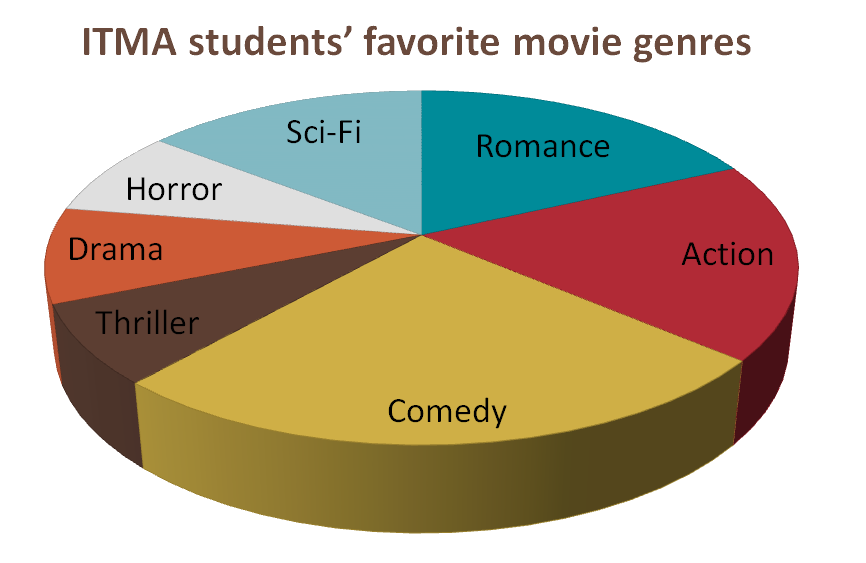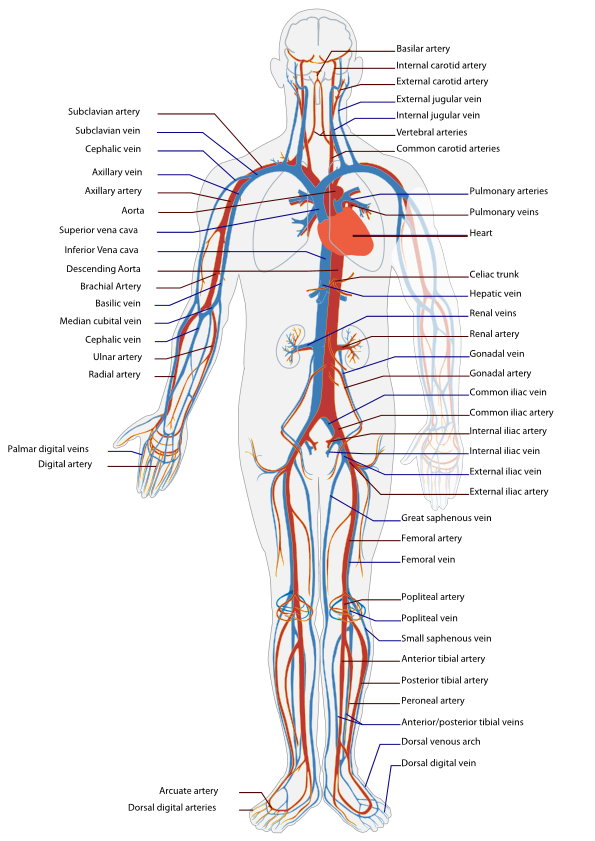Lesson 10: Visuals and Learning
Why is the potential of visuals to improve learning so under-realized? We believe that a root cause is our educational emphasis on words. We have all spent years learning verbal language skills. From the early grades through graduate school, we spend much of our instructional time learning the production and analysis of language. In contrast to language arts, the visual arts are generally considered an elective or a relief activity to offer an occasional break from the serious skills of reading, writing, and mathematics. It's not surprising then that most of us find it much easier to express our ideas with words, even though we may respond more readily to pictures. - Ruth Colvin Clark and Chopeta Lyons
In the first lesson you read that visuals can serve different purposes, such as information, entertainment, and persuasion purposes. Another purpose of visuals is to improve learning and performance. In this lesson, you will learn about a series of guidelines that can help you create visuals that promote learning. You will also design a visual mini-lesson in which you will apply these guidelines. Ruth Colvin Clark and Chopeta Lyons (2011) have written a book containing these guidelines that can help you plan, design, and evaluate visuals in training materials. These authors state that not every instructional visual is the same. They write that there are seven different types: Decorative, representational, mnemonic, organizational, relational, transformational, and interpretive visuals.
Decorative Visuals
Decorative visuals are usually added to educational materials for aesthetic appeal and for humorous and motivational purposes. These visuals usually serve as eye candy to make the content more exciting. However, decorative visuals can interfere with learning processes and it is therefore recommended to limit the use of decorative visuals in your educational materials (Clark & Lyons, 2011).

A decorative visual can act as a motivator for learners, but can also distract them and interfere with their learning processes.
Representational Visuals
Representational visuals show an object in a realistic way. These images have a high degree of correspondence to the real items that they represent. In some cases, extraneous detail is omitted from representational visuals, even though the visual still depicts the object realistically (Clark & Lyons, 2011). Examples of representational visuals are a line drawing of a car engine, a photograph of a guitar, or a screenshot of your computer.

A representational image, such as this image of a Dutch windmill, displays an object in a realistic fashion.
Mnemonic Visuals
Mnemonic visuals help people recall details, facts, or concepts that are taught in a lesson. These visuals provide cues so the learner can retrieve factual information more easily. Mnemonics sometimes relate to specific cultural or linguistic practices. In some cases, this can make mnemonic visuals difficult to understand for a more culturally diverse audience (Clark & Lyons, 2011). It is therefore important to always think about your target learners before creating and embedding any visual into your lesson materials.

This mnemonic visual shows learners how to remember the amount of days in a month.
Organizational Visuals
Organizational visuals show relationships among content of your lesson. These visuals are usually shown as charts, concept maps, or (tree) diagrams. An example of an organizational visual is a representation of a lesson structure that depicts the topics and the relationships of the topics to one another (Clark & Lyons, 2011).

This organizational visual can help learners understand how the content of this lesson is organized.
Relational Visuals
Relational Visuals are used to show relationships among multiple variables. These relationships are usually visually shown in charts and diagrams. Examples are line graphs, pie charts, and bar charts (Clark & Lyons, 2011).

This fictional relational visual shows the relationship between different movie genres that ITMA students prefer. For example, it shows that certain genres (such as comedy) are preferred over others (such as horror).
Transformational Visuals
Transformational visuals show changes in time and space. Visuals that show motion are usually used for these purposes, such as animations, video, or line drawings with arrows or other signs indicating motion. Transformational visuals are often used to show procedures or steps in a process (Clark & Lyons, 2011).
This transformational visual shows the water cycle. Source: NASA/Goddard Space Flight Center
Interpretive Visuals
Interpretive visuals illustrate a principle, theory, or cause-effect relationship (Clark & Lyons, 2011). They help your learner understand processes or events that are usually invisible and/or abstract. An example of an interpretive visual would be an image showing how blood circulates through our heart and body or an animation depicting cell division.

This interpretive visual illuminates a normally invisible system, our circulatory system. Source: Mariana Ruiz Villarreal
In order to visualize your lesson content, Clark and Lyons (2011) recommend using specific types of visuals for specific types of content:
| Type of content | Type of visual |
| Multiple content | Use organizational visuals |
| Procedures | Use representational or transformational visuals |
| Concepts | Use diverse representational or interpretive visuals |
| Facts | Use representational and mnemonic visuals |
| Processes | Use transformational visuals |
| Principles | Use relational, interpretive, or transformational visuals. (Clark & Lyons, 2011, p. 33). |
Even though the use of specific types of visuals for specific types of content can improve learning, this is not enough. When creating visuals, it is also important to attend to the psychological learning processes of your learners. You will learn more about the use of visuals to support psychological learning processes in the next section.